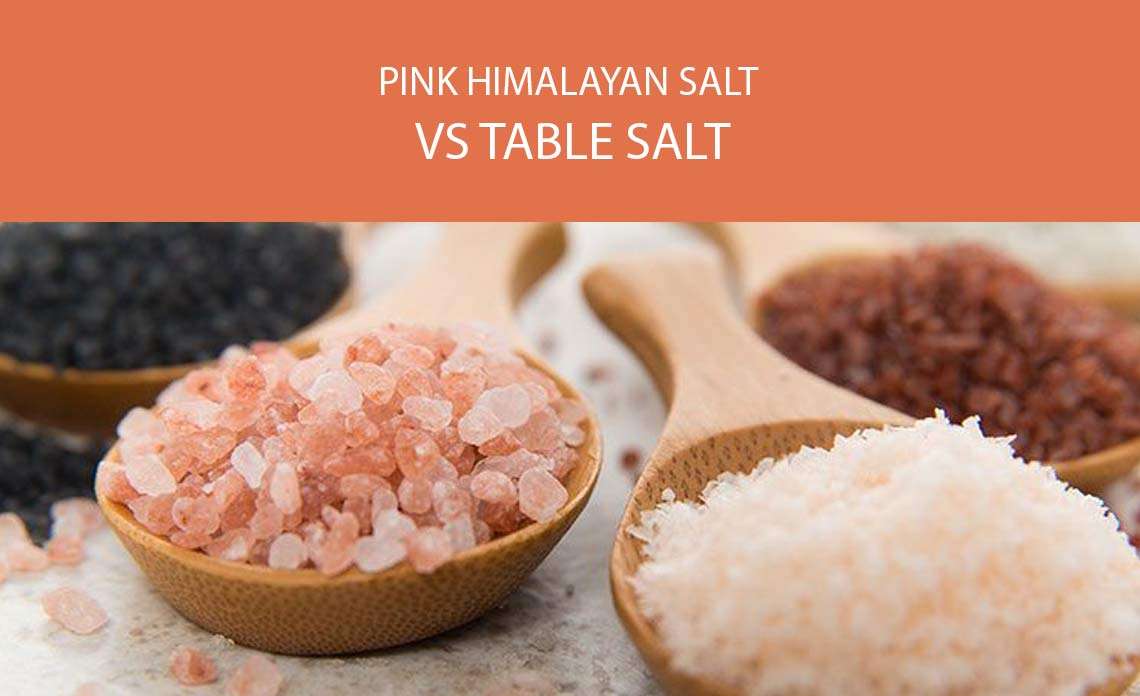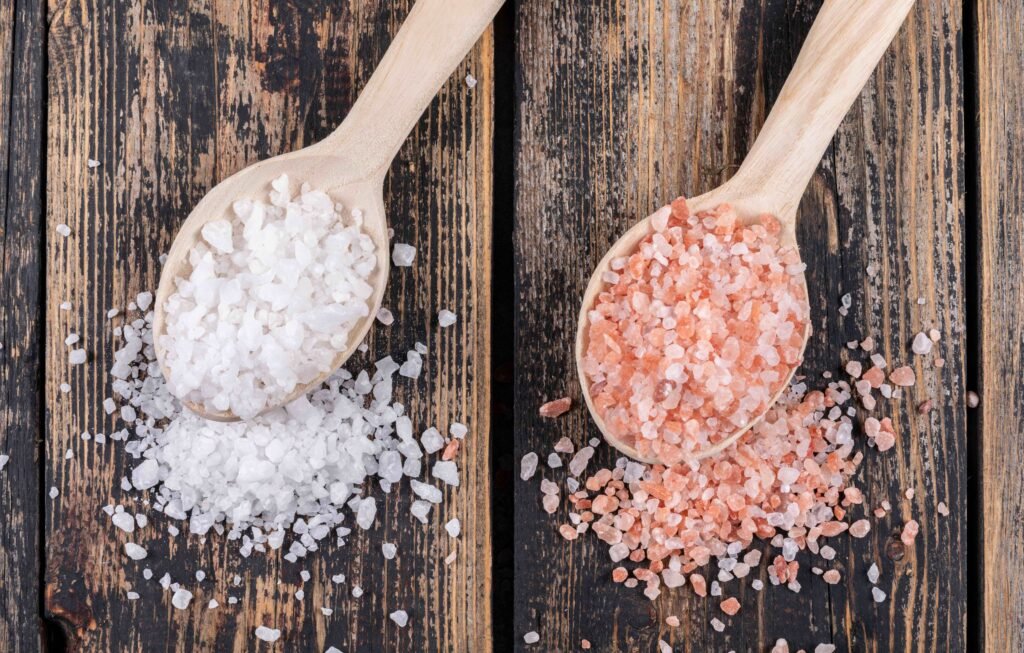Himalayan Pink Salt Vs Epsom Salt

Imagine stepping into a warm bath, the scent of lavender gently filling the air. Steam rises, carrying with it the promise of relaxation and relief. But as you reach for the salt, a question lingers: Himalayan pink, with its delicate hue, or Epsom, the stalwart of muscle soothers? Which will best melt away the day's stress and leave you feeling rejuvenated?
The world of bath salts offers a spectrum of choices, each boasting unique benefits. Among these, Himalayan pink salt and Epsom salt stand out as popular contenders. This article explores the differences and similarities between these two salts, examining their composition, potential health benefits, and how to choose the best option for your individual needs.
A Tale of Two Salts: Origins and Composition
Himalayan pink salt, as the name suggests, is mined from the Khewra Salt Mine in Pakistan, nestled in the foothills of the Himalayas. Formed millions of years ago from ancient seabeds, it's prized for its trace mineral content, which contributes to its distinctive pink color.
These minerals can include potassium, magnesium, and calcium, though the amount varies between batches. While these minerals are present, it's important to note that the quantities are relatively small and likely have minimal impact when absorbed through the skin during a bath.
Epsom salt, on the other hand, isn't actually a salt at all. It's a naturally occurring mineral compound of magnesium sulfate, named after the town of Epsom in Surrey, England, where it was first discovered.
Its crystalline structure resembles salt, leading to its common name. Epsom salt is readily available and has been used for centuries for its purported therapeutic properties.
Delving into the Purported Benefits
Both Himalayan pink salt and Epsom salt are often touted for their potential health benefits. Let's examine some of the most common claims, keeping in mind that scientific evidence supporting many of these benefits is limited.
Himalayan Pink Salt: Mineral Richness and More
Proponents of Himalayan pink salt emphasize its mineral content. They believe these minerals can be absorbed through the skin during a bath, potentially promoting hydration and contributing to overall well-being.
Some also suggest it can help detoxify the body and balance pH levels. However, scientific studies haven't definitively proven that these effects occur to a significant extent through topical application.
Beyond mineral content, the simple act of soaking in a warm bath with Himalayan pink salt can be relaxing and stress-reducing. The ritual itself can promote a sense of calm and well-being.
Epsom Salt: Magnesium and Muscle Relief
Epsom salt is primarily known for its potential to relieve muscle aches and soreness. The magnesium in Epsom salt is believed to be absorbed through the skin, helping to relax muscles and reduce inflammation.
While the extent of magnesium absorption through the skin is debated, many people report feeling relief after soaking in an Epsom salt bath. It's also sometimes used as a gentle laxative when dissolved in water and ingested, although this should only be done under the guidance of a healthcare professional.
Furthermore, Epsom salt is often used in foot soaks to help soothe tired feet and reduce swelling. Its exfoliating properties can also soften rough skin.
The Science Behind the Claims: A Closer Look
It's important to approach the purported benefits of both salts with a critical eye. While anecdotal evidence abounds, rigorous scientific studies are often lacking.
The claim that minerals in Himalayan pink salt are effectively absorbed through the skin in significant quantities is still under investigation. The skin is a natural barrier, and while some absorption may occur, it's likely to be limited.
Similarly, the extent of magnesium absorption from Epsom salt baths remains a topic of debate among scientists. Some studies suggest minimal absorption, while others indicate that it's possible, though likely variable depending on factors like skin condition and soak duration.
The relaxing effects of both types of salt baths are likely due in part to the warmth of the water and the calming atmosphere. Warm water can help dilate blood vessels, promote circulation, and ease muscle tension, regardless of the specific salt used.
Choosing the Right Salt for Your Needs
Ultimately, the best choice between Himalayan pink salt and Epsom salt depends on your individual needs and preferences. If you're looking for a visually appealing addition to your bath with the potential for trace mineral benefits, Himalayan pink salt may be a good option.
If you're primarily seeking muscle relief and relaxation, Epsom salt might be a better choice due to its magnesium content. Consider also that Epsom salt is typically more affordable than Himalayan pink salt.
Consider fragrance. Both Himalayan pink salt and Epsom salt can be infused with essential oils. Selecting a scent like lavender or chamomile can enhance the relaxing experience.
When using either salt, follow package directions carefully. Start with a small amount and gradually increase it as needed. Be sure to stay hydrated by drinking plenty of water before, during, and after your bath.
Beyond the Bath: Other Uses
While primarily known for their use in baths, both salts have other applications. Himalayan pink salt is used in cooking as a table salt and is also popular for salt lamps, which are believed to purify the air.
Epsom salt is sometimes used in gardening as a soil amendment to help plants grow, as well as in household cleaning solutions. Always do a patch test before using either salt for new applications.
A Final Soak: Mindful Relaxation
Whether you choose Himalayan pink salt or Epsom salt, remember that the most important ingredient for a relaxing bath is intention. Create a calming environment, dim the lights, play soothing music, and allow yourself to disconnect from the stresses of the day.
While the scientific evidence supporting all the claimed benefits may be limited, the simple act of self-care can have a profound impact on your well-being. So, draw yourself a warm bath, add your chosen salt, and soak in the moment. The key is to enjoy the experience and find what works best for you.
The journey of self-care is a personal one. Experiment with different salts, scents, and routines to discover what brings you the most joy and relaxation. Remember to consult with your healthcare provider if you have any concerns about using bath salts, especially if you have underlying health conditions.


















